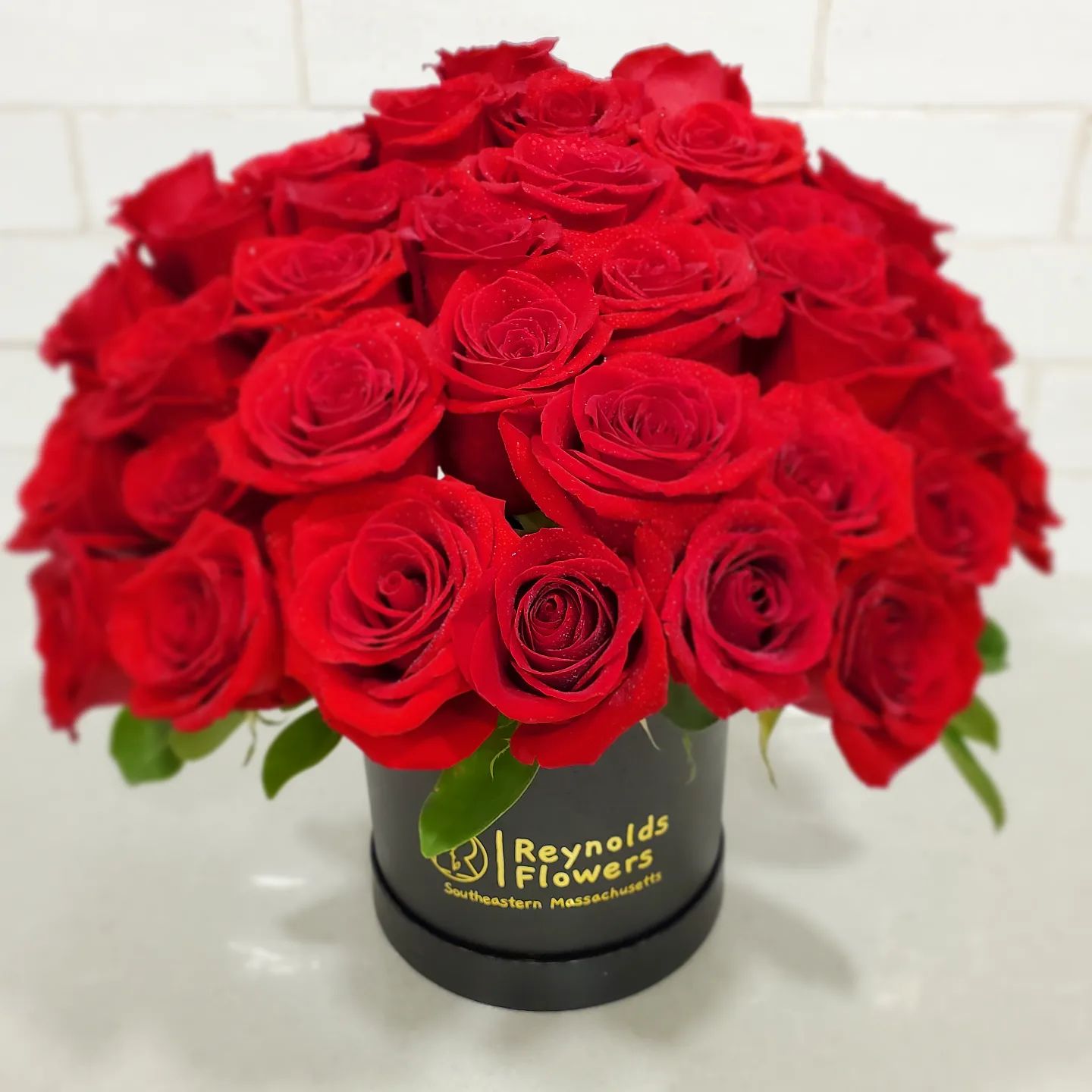A Short History of Valentine Flowers
The history of flowers as a symbol of love and affection on Valentine's Day...

As Valentine's Day approaches, the air becomes infused with love, and one timeless tradition that has bloomed alongside this romantic holiday is the exchange of flowers. The history of flowers as a symbol of love and affection on Valentine's Day is rich and deeply rooted in centuries-old traditions.
The association between flowers and expressions of love dates back to ancient civilizations. The Romans, for instance, celebrated a festival called Lupercalia in mid-February, a time dedicated to fertility and the coming of spring. During this festival, young men would draw the names of young women in a lottery, forming temporary pairs. These unions often led to courtship and marriage, and flowers played a significant role in expressing affection during these festivities.
However, it wasn't until the 17th century in England that the tradition of exchanging love notes and tokens, including flowers, truly blossomed. The language of flowers, also known as floriography, gained popularity during this era. Each bloom held a specific meaning, allowing individuals to convey their emotions discreetly. Red roses, which symbolized love and passion, became particularly associated with romantic expressions.
In the 18th century, the trend of exchanging handmade cards and flowers on Valentine's Day became widespread. These cards, known as "penny dreadfuls," were ornate and adorned with delicate illustrations of flowers. The sentimentality of expressing love through these intricate cards set the stage for the modern Valentine's Day we know today.
Fast forward to the 19th century, and the Victorian era brought a renewed fascination with floriography. Flower arrangements became more elaborate and symbolic, with specific blooms chosen to convey particular emotions. The language of flowers became an essential aspect of courtship, and men often used carefully crafted bouquets to express their feelings to the objects of their affection.
The popularity of flowers on Valentine's Day continued to grow in the 20th century, with red roses maintaining their position as the ultimate symbol of love. The floral industry flourished, and Valentine's Day became one of the busiest times for florists around the world.
In the 21st century, the tradition of gifting flowers on Valentine's Day remains as strong as ever. While red roses are still the go-to choice for many, other blooms like tulips, lilies, and orchids have also gained popularity, each carrying its own unique significance.
In conclusion, the history of flowers on Valentine's Day is a captivating journey through time, filled with love, symbolism, and the enduring beauty of nature. Whether it's a single red rose or a vibrant bouquet, the language of flowers continues to speak volumes, allowing us to convey our deepest emotions on this day dedicated to love.
Recent Posts
Year : 2025
Year : 2024
Year : 2023

